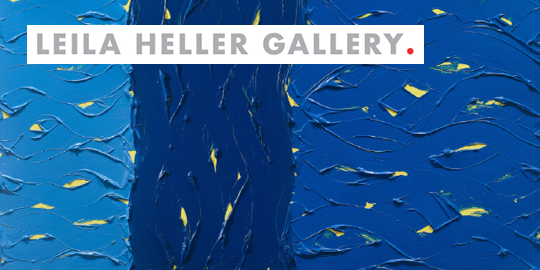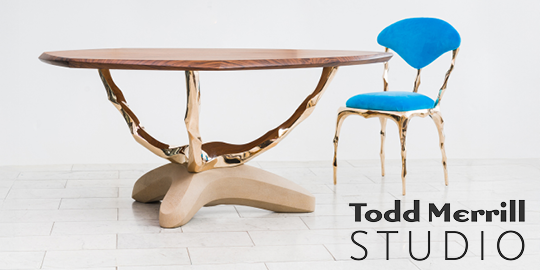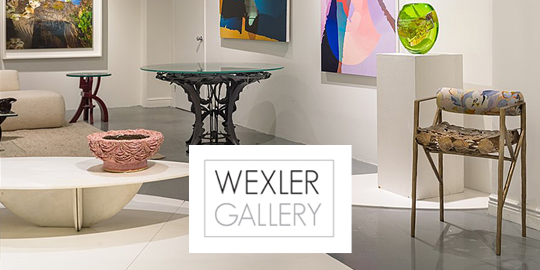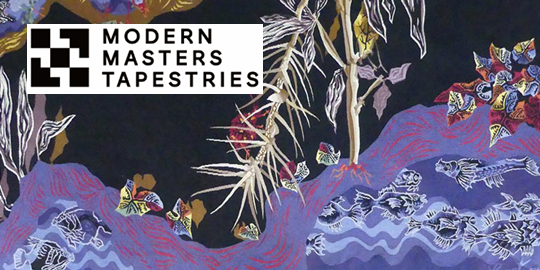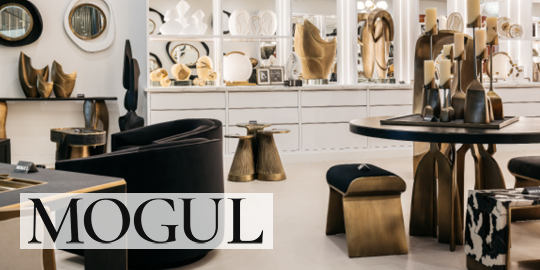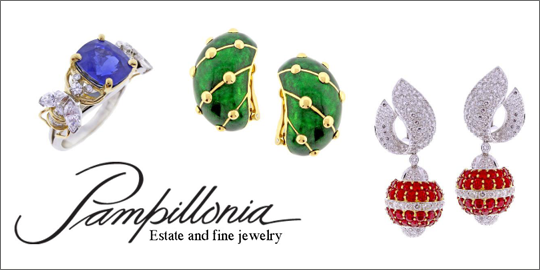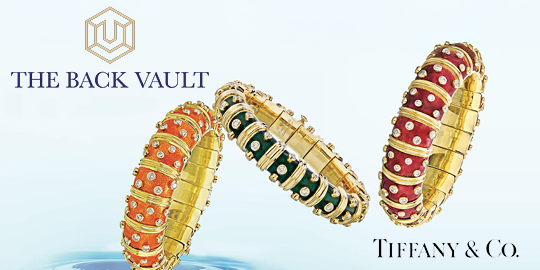- FINE ART
-
FURNITURE + LIGHTING
Shop By Category
Shop By Artist
- NEW + CUSTOM
- DECORATIVE ARTS
-
JEWELRY
Shop By Category
Shop By Artist
- INTERIORS
- MAGAZINE
- Clear All
Mary MacMonnies Low
American, 1858 - 1946
Originally from New Haven, Connecticut, Mary MacMonnies Low (née Fairchild) relocated to Missouri with her family, and began her training at the St. Louis School of Fine Arts. Then she pursued her painting studies in Paris at the Academie Julien with Lefebvre, Bouguereau and Robert-Fleury, and worked independently with Carolus-Duran. These esteemed painters and professors helped mold her early Impressionist style, noted for its brightness and sunny palette. She exhibited regularly at the Paris Salons from 1886-1907.
The artist married sculptor Frederick MacMonnies in 1888, and together they led a fashionable life in Paris and Giverny, entertaining friends like James McNeil Whistler and Claude Monet. After her husband deserted her, she remarried the muralist Will Hickok Low, with whom she lived in Bronxville, NY from 1909 until 1932. Her later style was more somber and tonalist. In addition to her diverse canvases—she worked in numerous genres, including figurative, land and seascapes, floral still lifes, and urban scenes—Low also painted murals. Her most famous mural was undoubtedly the one she made for the Chicago World’s Fair in 1893, which was exhibited across from one by Mary Cassatt.
Low exhibited widely and won a number of awards throughout her career, including gold medals at the Dresden International (1902), Normandy Exposition in Rouen (1903), Marseille (1905), and St. Brieux (1906). She became an Associate at the National Academy of Design in New York in 1906. Low’s works are housed in many private collections, and can be seen publicly at the Sheldon Swope Art Museum, Terra Haute, IN, and the Union League Club of Chicago, IL.
The artist married sculptor Frederick MacMonnies in 1888, and together they led a fashionable life in Paris and Giverny, entertaining friends like James McNeil Whistler and Claude Monet. After her husband deserted her, she remarried the muralist Will Hickok Low, with whom she lived in Bronxville, NY from 1909 until 1932. Her later style was more somber and tonalist. In addition to her diverse canvases—she worked in numerous genres, including figurative, land and seascapes, floral still lifes, and urban scenes—Low also painted murals. Her most famous mural was undoubtedly the one she made for the Chicago World’s Fair in 1893, which was exhibited across from one by Mary Cassatt.
Low exhibited widely and won a number of awards throughout her career, including gold medals at the Dresden International (1902), Normandy Exposition in Rouen (1903), Marseille (1905), and St. Brieux (1906). She became an Associate at the National Academy of Design in New York in 1906. Low’s works are housed in many private collections, and can be seen publicly at the Sheldon Swope Art Museum, Terra Haute, IN, and the Union League Club of Chicago, IL.
Mary Fairchild Low studied art at the St. Louis School of Fine Art and at Acadamie Julian. She married in 1888 and resided in Paris, spending summers in Giverny. She later divorced her fist husband and married painter Will Low in 1909. Her portraiture received acclaim at the 1893 Chicago Exposition. Low's work reflects several phases of development. In the beginning she worked in a sunlit style reminiscent of her professor at Acadamie Julian. Later, however, her work became more tonal and misty. Low painted her portraits in very dark colors after her second marriage but gradually returned to a lighter, Impressionistic palette in the final phase of her career.
Biography courtesy of The Caldwell Gallery, www.antiquesandfineart.com/caldwell
Biography courtesy of The Caldwell Gallery, www.antiquesandfineart.com/caldwell


